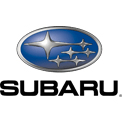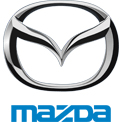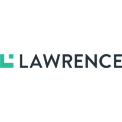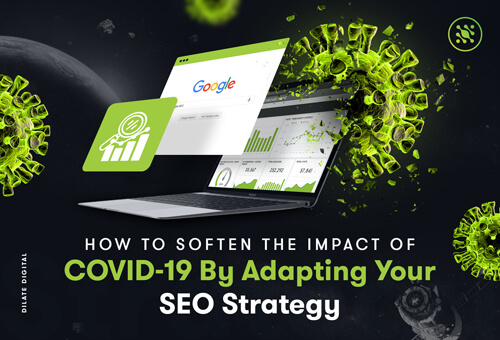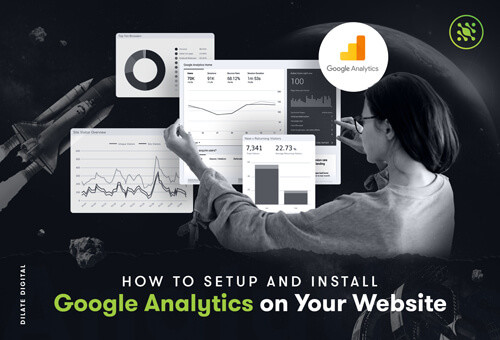Types of Google Ad Campaigns Explained
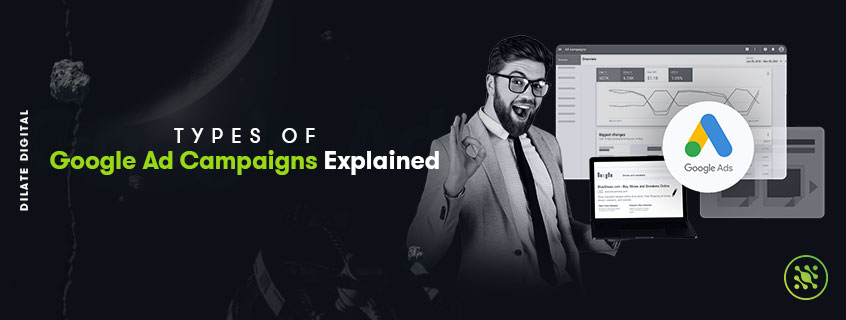
With about 75,000 searches made on Google every second, most of us have cottoned on to just how much advertising potential Google offers businesses. It’s the biggest PPC (pay-per-click) advertising platform in the world, and now offers the chance to advertise in a wide variety of formats across many different websites.
In this post, we’re going to walk you through the different types of Google Ads categories, including the different types of Google search results, and the tools you can use to make really effective ads. But first, let’s address a very important question: does Google Ads really work? Afterall, if you’re going to invest in any type of advertising, it’d better be worthwhile.
 What is Google Ads & how effective is it?
What is Google Ads & how effective is it?
We now live in a world where the majority of consumers rely on the internet to find information about local businesses. One study suggests as many as 90% of people are jumping online to find local businesses. Here are a couple more stats: 46% of clicks are going to the top 3 paid advertising spots, and when people are searching with the intent to buy, 65% will click on an ad. That’s why businesses who can harness the power of Google Ads will benefit greatly. People are looking; Google Ads can help them find you and encourage them to choose your products or services.
Businesses all over the world keep investing truck loads of money into Google Ads. Why? Because they work. But here’s a warning: they only work if they’re done properly and a badly done campaign will just eat up your money. There are a lot of factors that go into effective Google Ads such as choosing the right keywords, managing campaigns effectively, writing engaging copy and understanding the data so you can adjust your strategy accordingly.
 How Google Ads can benefit your business
How Google Ads can benefit your business
Besides the impressive stats about how many people use Google and how likely you are to get a click… What are the advantages to advertising with Google Ads?
- Analytic tools - When you advertise with Google Ads, you automatically get a whole range of tools to measure and analyse your success with. This means you can monitor what is working and make sure your money is being invested in effective advertising.
- Tailor the ads to suit your budget - There’s no minimum spend on all the Google Adwords ad types, so you have control over how much you put in by setting up a monthly cap, and pausing or stopping your ad spending at any time. Since Google Ads are PPC, you’ll only pay when someone clicks on the ad.
- High ROI - According to Google, advertisers earn around $8 for every $1 they spend on Google ads. Of course this can vary, depending on your business, and how effective your ads are.
- Effective targeting - Google has a lot of tools that help your ads reach people who are more likely to be interested in your product or service. You have the ability to choose specific keywords, locations and demographic factors. Plus you can control when, and on what devices, your ads show up.
- Target people who are ready to buy - When you advertise on Google search or shopping, your ad shows up in front of people who are already searching to buy. This is different to platforms such as Facebook, where people see ads in their feed and aren’t in a buying mindset.
- Get fast results - Unlike SEO, which can take a long time to set up and see results, Google Ads can help you see conversions immediately. It can be a great way to improve your cash flow in the short term. For the ultimate combo, couple online advertising with a long-term SEO strategy.
 What are the different types of Google Ads?
What are the different types of Google Ads?
If you’re new to Google Ads, you might be surprised to find there is actually a lot of flexibility with Google advertising, and many different ways to run Google advertising campaigns. Since the early days of Google advertising, Google has also introduced many tools to help you target the right audience more effectively. Let’s jump in and have a look at the different types of Google ad formats.
 1. Google Search
1. Google Search
At any given second, there could be over 75,000 Google searches made all over the world. That staggering number is one of the reasons why Google Search ads are so popular. They give you the opportunity for wide visibility that is also incredibly targeted.
You would have seen the Google Search type of ad plenty of times. They appear at the top of the search results, almost identical to the organic results, except for the little word “Ad”. Advertisers create a text-only ad and bid for particular keywords they want to target. Ideally, you’d be bidding for keywords that your potential customers are searching for.
Through Google Search ads, advertisers can create a campaign with several different ads that target different keywords. For example, a digital marketing company like Dilate might choose to create ads for SEO services, web-design, and Adwords management in Perth.
Key features of Google Search Ads
Google Ads (aka Adwords) have come a long way, and advertisers now have a whole range of features at their fingertips to make their ads more effective. Let’s go through some of these, and how you could use them to optimise your Google Search ads.
First, a bit of info about extensions. These don’t cost any extra to add onto your campaign, but you will be charged if users click on extensions, just as you’d be charged if they clicked on the main body of your ad. It is generally accepted that extensions increase your ad’s click through rate, so it’s worthwhile taking the time to set them up.
- Callout Extensions - These are used for any extra important pieces of information you want to include that aren’t in the main description of the ad. Google allows you to add multiple callout extensions to highlight your business’ unique selling point. Each callout extension has a 25 character limit, but it’s recommended you be as punchy as possible.
- Sitelink Extensions - If you want your ad to show additional links, not just the main link to a page of your website, you can do this with sitelink extensions. The links show up under the rest of the ad, and can help encourage people to click through to your website.
- Call Extensions - Maybe your business will benefit from having a phone number listed. If so, you should use call extensions. On mobile devices, users will be able to click on the number and directly call you by doing so.
- Location Extensions - You can help searchers find you more easily by showing an address or a map to your location, or by indicating how far away your business is from the searcher’s location. Location extensions can also include a phone number.
- Negative Keywords - These help you avoid your ad showing up for particular words or phrases in a search. For example, if you’re a footwear company who sells outdoor and hiking shoes, you may want to stop your ads showing up for anyone who searches for “formal shoes” or “dress shoes”. You can set these phrases as negative keywords to better control who your ads show up for.
- Bid Adjustments - These allow you to have a tighter control over your bids to make them more effective. Using bid adjustments you can choose to show your ads more or less according to how, where and when people search for your keywords. For example, you might find your ads perform better for people searching from a specific location, or via mobile, or at a certain time of day. Using bid adjustments, you can make your ads show up more or less according to these factors.
 2. Google Shopping
2. Google Shopping
You’re probably already familiar with Google Shopping. It’s a Comparison Shopping Engine (CSE) which allows consumers to search for and compare products from different retailers. Searchers can filter the results by price, seller and other features.
If a retailer wants to have their products show up in the Google Shopping results, they can create ads for their individual products. This is done by submitting your products to Google Merchant Centre, and then creating a campaign in Google Ads. These ads appear on the Google Shopping page, but sometimes also on the main search results. They include a photo of the product, and important information such as title, price and store name.
One tool you can use to stand out from the crowd is promotional tags. If you’re offering a discount code that people can use on your website, you can also display this on your Google Shopping ads. Who doesn’t love a great bargain?
There are three types of Shopping ads:
- Product Shopping Ads - these are the basic ads for one product. You create these by submitting data to the Google Merchant Center and they show up on the Google Shopping page or the main search results.
- Showcase Shopping Ads - these are ads that group several related products together. A potential customer can easily compare different products you offer using this type of ad.
- Local Catalog Ads - these ads are meant to help drive foot traffic to your physical store. They are visual-based, and show consumers important information about store-specific products and store information. These ads show up in the Google Display Network.
 3. Mobile Advertising
3. Mobile Advertising
More people are using mobile devices when making searches than ever before. In some places, mobile use is more frequent than searches made from a computer. As a business owner, you can jump on the wagon and advertise specifically to smartphone users using Google’s Mobile advertising.
Google’s Mobile ads can appear on mobile phones or tablets, or within apps on these devices. There are four types:
- Text Ads - These are your basic, text-only ads, just optimised for mobile platforms.
- Image Ads - Like the text ads but with a bit more pizazz. You can use visual features to attract more attention.
- Call-Only Ads - When you want to encourage people to call your business, this type of ad is really useful, especially when shown on smartphones. When someone clicks on your ad it makes a direct call to your business. You are charged only when someone clicks on your ad.
- Mobile App Promotion Ads - These ads let you promote an app across Google search, Google Play, YouTube and the Google Display Network. They are a little different from other Google ads because you don’t design one-off ads. Instead, the majority of the process is automated as Google uses information from your app store listing to design a number of ads that show up in different places. You can use this type of advertising to increase downloads and encourage people to take in-app actions.
 4. Video Advertising on YouTube
4. Video Advertising on YouTube
In 2006, Google bought YouTube and now YouTube has become a powerful platform for video advertising. According to Google, more than 1 billion people watch more than 6 billion hours of YouTube every month. That is a lot of people spending a lot of time on YouTube. No wonder more businesses are starting to do video advertising.
You can make video ads more targeted towards a specific audience through demographics (such as age or gender), keyword targeting, topics or remarketing to viewers who have previously interacted with your videos. This means you have a fair bit of control over who you want to see your ad.
There are three types of Google video ads:
- TrueView in-stream ads - these ads show up before, during and after YouTube videos. Viewers can skip these ads after 5 seconds, but advertisers are only charged if the viewer clicks on the ad or watches 30 seconds of it (or the full ad if it’s less than 30 seconds).
- TrueView video discovery ads - this type of ad shows up the YouTube search results next to all the YouTube content. Advertisers are only charged when someone clicks on the ad and starts watching it.
Bumper ads - unlike TrueView ads, bumper ads don’t allow viewers control over what they see. Bumper ads are shown before, during and after YouTube videos, but they can’t be skipped. They are a maximum of 6 seconds, and advertisers are charged a cost per thousand impressions bidding.
 5. Google Display Network
5. Google Display Network
For even more reach, Google offers businesses the power of the Google Display Network. Advertising this way lets you get content in front of potential customers who aren’t even on the Google website. These types of ads appear on various websites, as well as YouTube, Gmail and even some apps.
Google Display Network advertising can be highly controlled to target a specific audience and increase leads. There are several ways to do this:
- Placement Targeting - You would use this if you wanted to choose specific websites for your ads to appear on.
- Contextual Targeting - This uses keywords to put your ads on websites that are relevant to your business. That means, your ads will be shown to people who are already reading about a related topic.
- Topic Targeting - With this, you choose a category of websites to show your ads on. It works on the same principle as above: your ad will be shown to people using a website of a related topic.
- Demographic, Geographic & Language Targeting - Use this to target a specific audience based on where they live, what language they speak, their gender, age and other key factors.
- Remarketing - With remarketing, you can show your ads to people who have previously shown interest in your business by visiting your website.
The Display Network allows for a range of different types of ads, depending on what is most suitable for your business. They are:
- Text Ads - These look just like the text-only search ads, except they are not just shown in Google search results. These ads will be displayed across the various partner websites.
- Image Ads - With these ads, you are able to use the power of visuals to attract your audience across the Display Network.
- Rich Media Ads - Very similar to image ads, but even more eye-catching with interactive and animated elements.
Video Ads - A video ad can be embedded within the ad, to create movement and sound to attract more viewers.
 Make the most of Google Ads for your business
Make the most of Google Ads for your business
Done right, Google Ads could help take your business to the next level. Some people try to manage their Google Ad campaigns themself, but unless you are able to invest a lot of time learning how to do it properly, you’re probably not going to reap all the benefits. That’s why we would recommend hiring an agency like Dilate to help.
If you think it’s time you started harnessing more of the advertising power Google offers, why not get in touch with a team who can make it happen? At Dilate Digital, we offer services for Adwords Management in Perth and have helped hundreds of businesses set up effective campaigns. Give us a call today to see how we can help you.
Our Blog

Our team of digital and business experts will guide you to the right direction.
Let's Talk What is Google Ads & how effective is it?
What is Google Ads & how effective is it? How Google Ads can benefit your business
How Google Ads can benefit your business What are the different types of Google Ads?
What are the different types of Google Ads?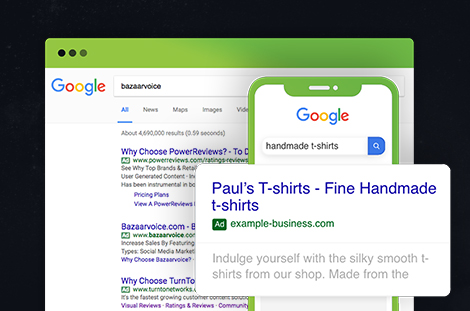 1. Google Search
1. Google Search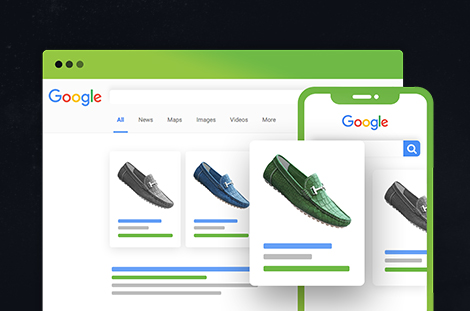 2. Google Shopping
2. Google Shopping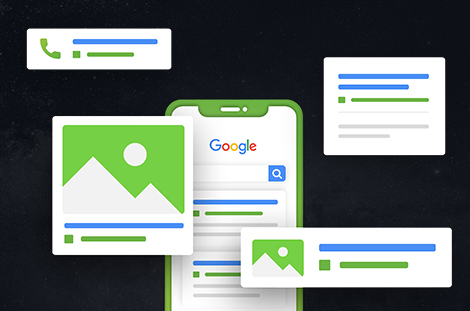 3. Mobile Advertising
3. Mobile Advertising 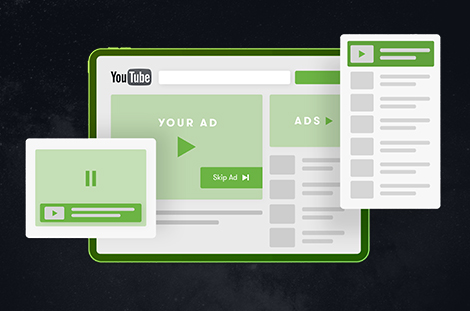 4. Video Advertising on YouTube
4. Video Advertising on YouTube 5. Google Display Network
5. Google Display Network 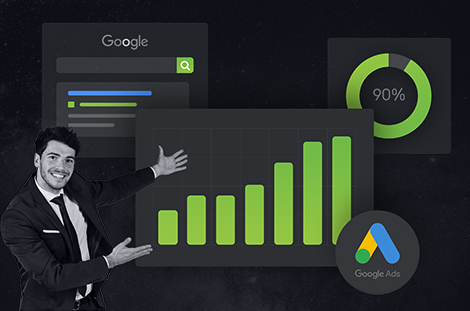 Make the most of Google Ads for your business
Make the most of Google Ads for your business





